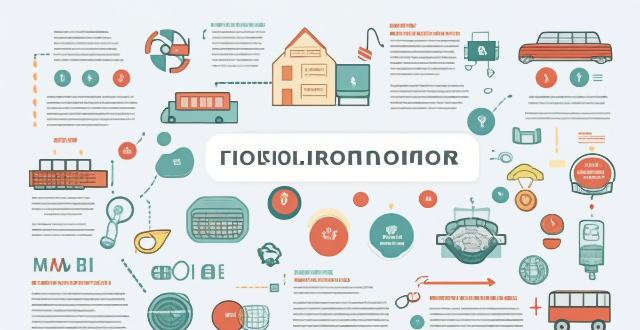The text provides a detailed guide on how to assemble an emergency preparedness kit for your office, highlighting the importance of being prepared for potential emergencies. It outlines the steps involved in creating a comprehensive kit, including identifying potential emergencies, choosing a suitable container, and selecting essential items such as water, food, first aid supplies, light sources, battery-powered radios, personal items, tools, important documents, and sanitation supplies. The article emphasizes the need to regularly check and update the kit to ensure its usability and relevance to potential emergencies in the area.

How to Assemble an Emergency Preparedness Kit for Your Office
Introduction
An emergency preparedness kit is a collection of essential items that can help you and your colleagues survive during and after an emergency or disaster. It is important to have a preparedness kit in your office, as emergencies can happen at any time and without warning. Here's how you can assemble one:
1. Identify Potential Emergencies
First, identify the types of emergencies that could occur in your area. This will help you determine what items to include in your kit. Some common emergencies include:
- Floods
- Earthquakes
- Fires
- Power outages
- Tornadoes
- Hurricanes
- Pandemics
2. Choose a Container
Choose a container that is easy to carry and has enough space to store all the necessary items. A backpack or a plastic storage container with handles are good options. Make sure it is durable and waterproof.
3. Water and Food
Water and food are essential in any emergency situation. Include at least one gallon of water per person per day for three days, and non-perishable food items such as energy bars, granola, and canned goods.
4. First Aid Kit
A first aid kit should include bandages, antiseptic wipes, gauze pads, adhesive tape, pain relievers, and any prescription medications needed by employees.
5. Light Source
Include a flashlight with extra batteries, glow sticks, or candles in your kit. This will help you navigate in the dark or signal for help if needed.
6. Battery-Powered Radio
A battery-powered radio can help you stay informed about the current situation and any evacuation orders. Include extra batteries as well.
7. Personal Items
Include personal items such as cash, identification documents, and a change of clothes in case you need to stay overnight somewhere else. Also, include hygiene items like toilet paper, hand sanitizer, and feminine hygiene products.
8. Tools
Include tools like a multi-purpose tool, a whistle, and a dust mask. These can be useful in certain situations, such as cutting through debris or signaling for help.
9. Important Documents
Make copies of important documents such as insurance policies, medical records, and contact information for family members and emergency services. Keep them in a waterproof container within your kit.
10. Sanitation Supplies
Include items like garbage bags, plastic ties, and disinfectant wipes to maintain cleanliness during an emergency situation.
Conclusion
Assembling an emergency preparedness kit for your office is crucial in ensuring the safety and well-being of yourself and your colleagues during an emergency situation. By following these steps, you can create a comprehensive kit that will help you survive until help arrives or until it is safe to return home. Remember to regularly check and update your kit to ensure that all items are still usable and relevant to potential emergencies in your area.